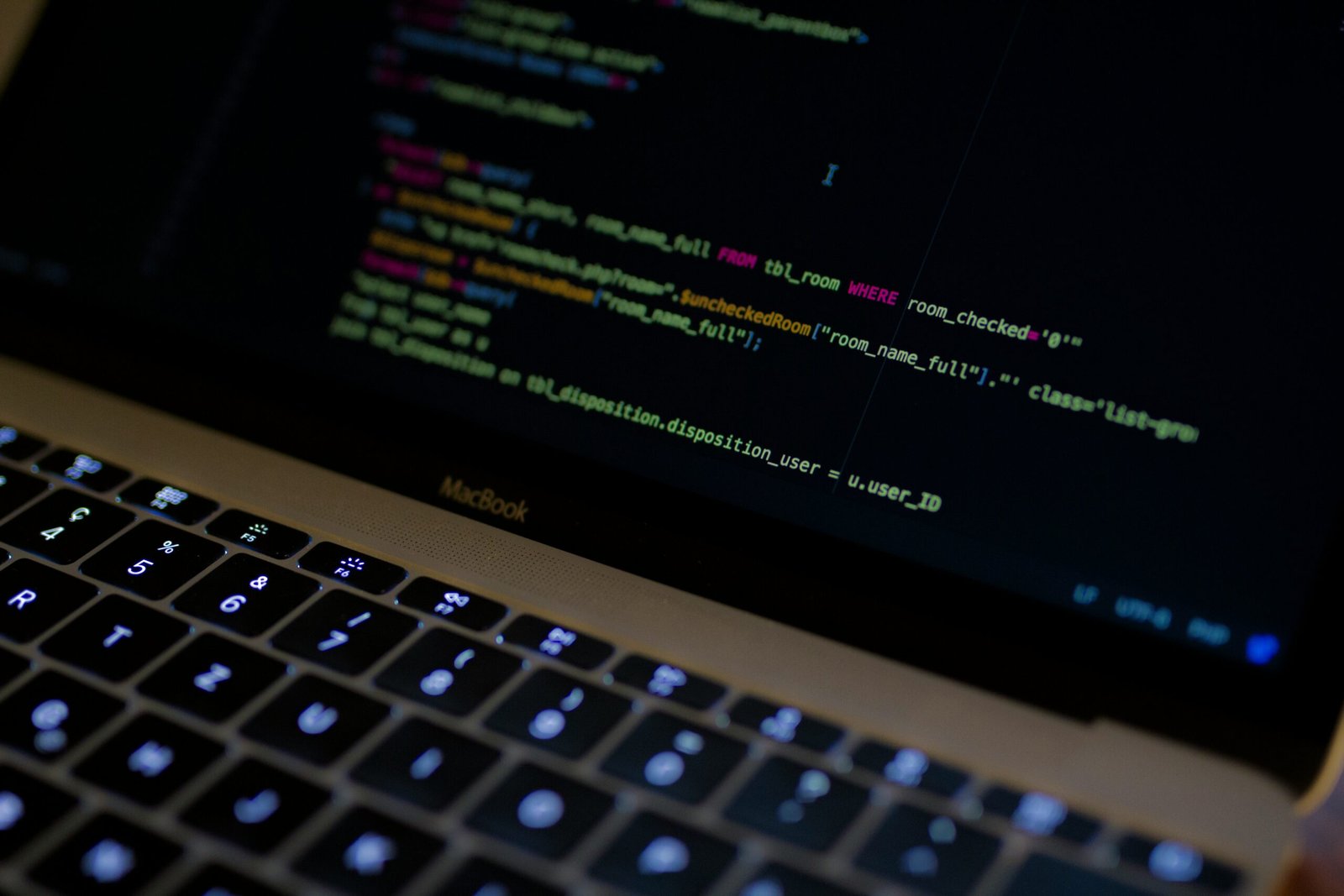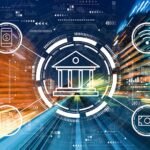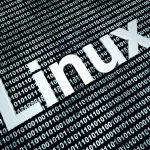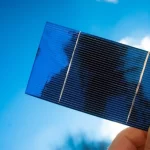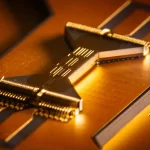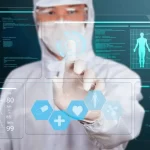Learn about the Internet of Things (IoT)
In the era of digital transformation, the Internet of Things (IoT) has emerged as a groundbreaking technology that connects and empowers everyday objects in our lives. From smart homes to industrial automation, the IoT is revolutionizing the way we live and work. In this blog post, we will delve into the world of IoT, exploring its definition, applications, benefits, and the future it holds. Join us on this exciting journey as we uncover the potential of the Internet of Things.
What is the Internet of Things (IoT)? The Internet of Things refers to a vast network of interconnected physical devices, vehicles, appliances, and other objects embedded with sensors, software, and connectivity. These devices can collect, exchange, and analyze data, enabling them to interact with the environment and perform specific tasks autonomously or with minimal human intervention. The IoT harnesses the power of connectivity to create a seamlessly integrated digital ecosystem.
Applications of IoT:
- Smart Homes: IoT technology enables the creation of smart homes, where devices such as thermostats, lights, security systems, and appliances are interconnected. This connectivity allows for automated control, energy efficiency, and enhanced security, making our homes more convenient, comfortable, and sustainable.
- Healthcare and Wearables: IoT has transformed healthcare by enabling remote patient monitoring, smart medical devices, and wearable technology. These advancements facilitate real-time health monitoring, personalized treatment plans, and improved patient outcomes. Wearables like fitness trackers and smartwatches are also popular examples of IoT devices that track and analyze health and fitness data.
- Industrial Automation: IoT plays a significant role in industrial automation by connecting machinery, equipment, and systems. This connectivity enables predictive maintenance, real-time monitoring, supply chain optimization, and enhanced efficiency in manufacturing processes. Industrial IoT revolutionizes industries such as manufacturing, logistics, and agriculture.
- Smart Cities: IoT technology is at the heart of building smart cities, where interconnected devices and systems create efficient urban environments. Examples include smart energy grids, intelligent transportation systems, waste management, and public safety systems. IoT-enabled smart cities aim to enhance sustainability, optimize resource utilization, and improve the quality of life for citizens.
- Agriculture: IoT is transforming the agriculture industry through precision farming. IoT sensors and devices monitor soil moisture, weather conditions, crop health, and livestock conditions, enabling farmers to make data-driven decisions and optimize resource allocation. This leads to improved crop yields, reduced waste, and sustainable agricultural practices.
Benefits of IoT:
- Enhanced Efficiency: IoT optimizes processes, automates tasks, and enables real-time data analysis, leading to increased operational efficiency and productivity across various industries.
- Improved Safety and Security: IoT technologies enhance safety and security by enabling remote monitoring, surveillance, and real-time alerts. This is applicable in areas such as home security, industrial safety, and public safety systems.
- Cost Savings: IoT devices facilitate energy management, predictive maintenance, and optimized resource utilization, resulting in cost savings for individuals and organizations. This includes reduced energy consumption, minimized downtime, and streamlined operations.
- Personalization and Convenience: IoT enables personalized experiences by connecting devices and systems tailored to individual preferences. This includes personalized home automation, smart assistants, and personalized healthcare solutions.
- Data-Driven Decision Making: IoT generates vast amounts of data that can be analyzed to gain valuable insights. This data-driven approach helps organizations make informed decisions, improve processes, and drive innovation.
The Future of IoT: The future of IoT is promising, with rapid advancements in connectivity, sensor technology, and data analytics. As 5G networks become more widespread, IoT devices will have faster and more reliable connections. Additionally, edge computing and artificial intelligence will play a crucial role in processing data locally and enabling real-time decision-making. With the continued evolution of IoT, we can expect increased integration, improved interoperability, and the emergence of new innovative applications.



